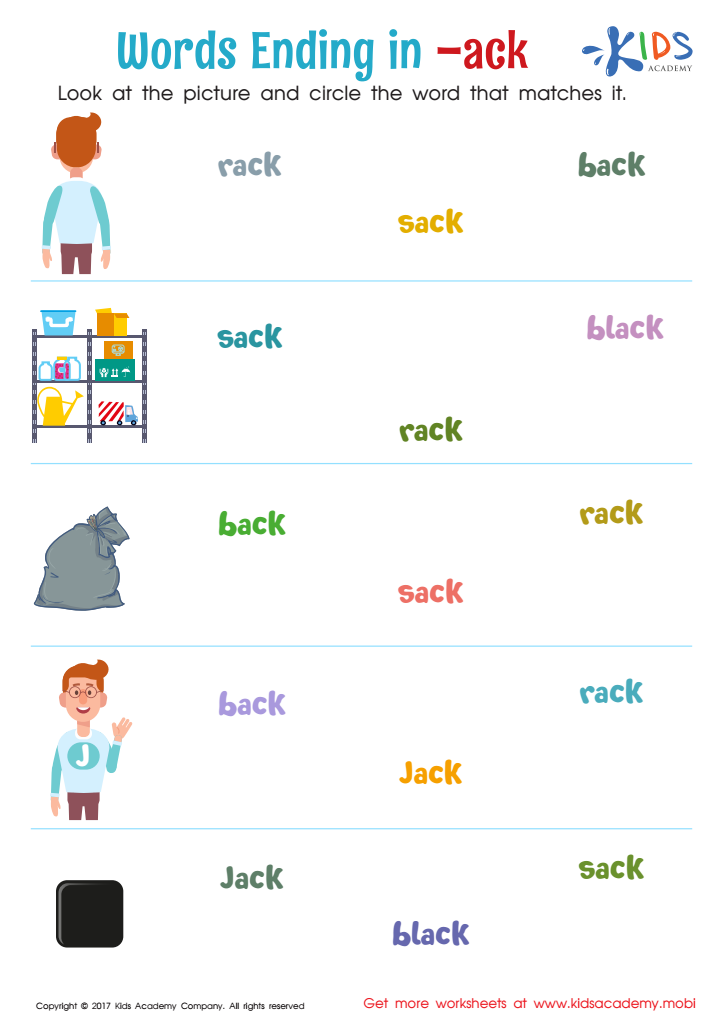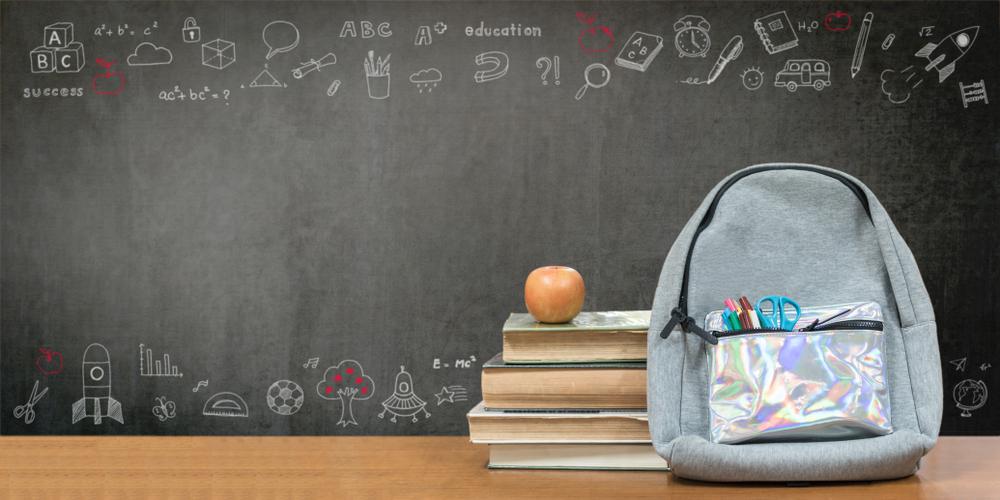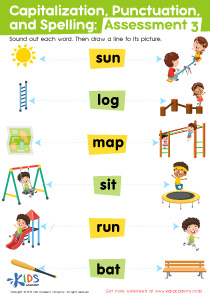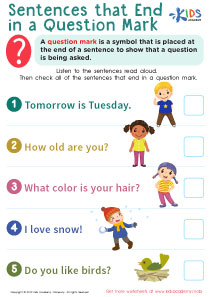Word Recognition Writing Worksheets for Ages 5-9
23 filtered results
-
From - To
Boost your child's literacy skills with our engaging Word Recognition Writing Worksheets, specifically designed for ages 5-9. These worksheets offer fun and interactive activities that help young learners recognize and write essential vocabulary words. By focusing on word recognition, children enhance their reading comprehension and spelling abilities while enjoying colorful illustrations and captivating themes. Perfect for both homeschoolers and classroom environments, our resources support early writing development, encouraging creativity and confidence. Explore a variety of exercises that foster a love for learning and build a strong foundation in language skills. Unlock your child’s potential with our easy-to-use, printable worksheets!
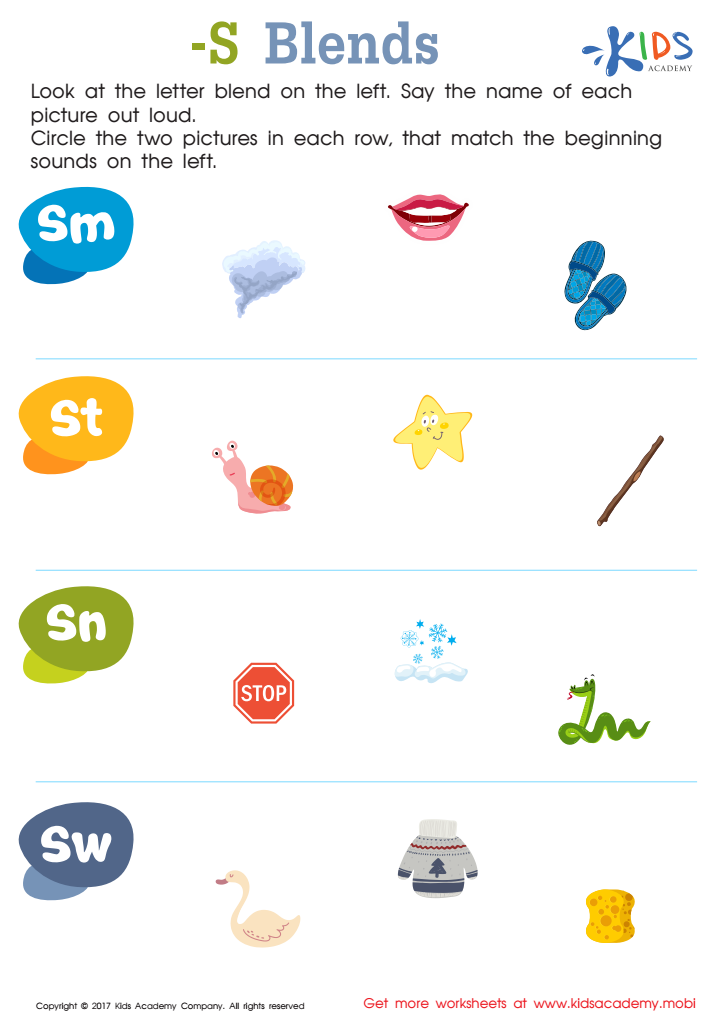

"s" Blends Spelling Printable
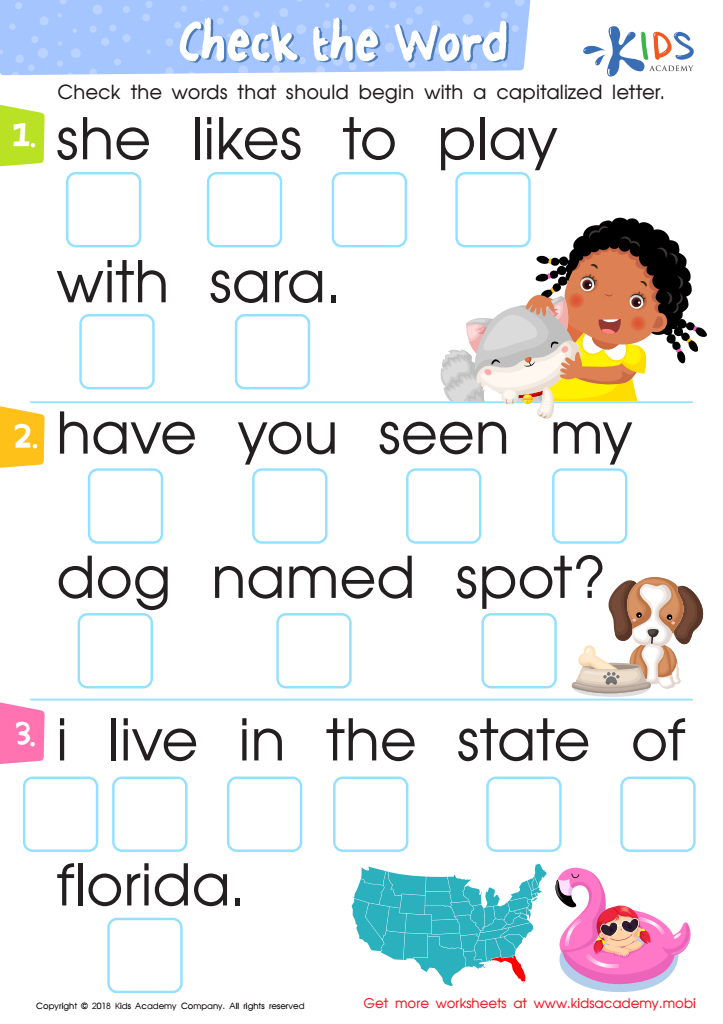

Check the Word Worksheet
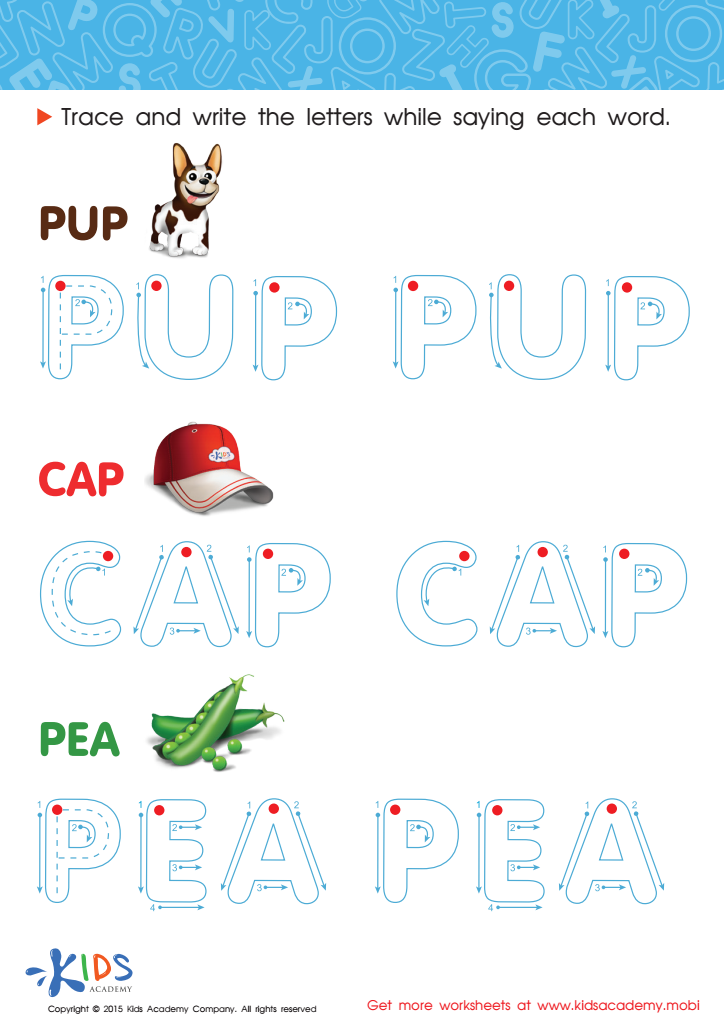

A Pup, a Cap and a Pea Spelling Worksheet
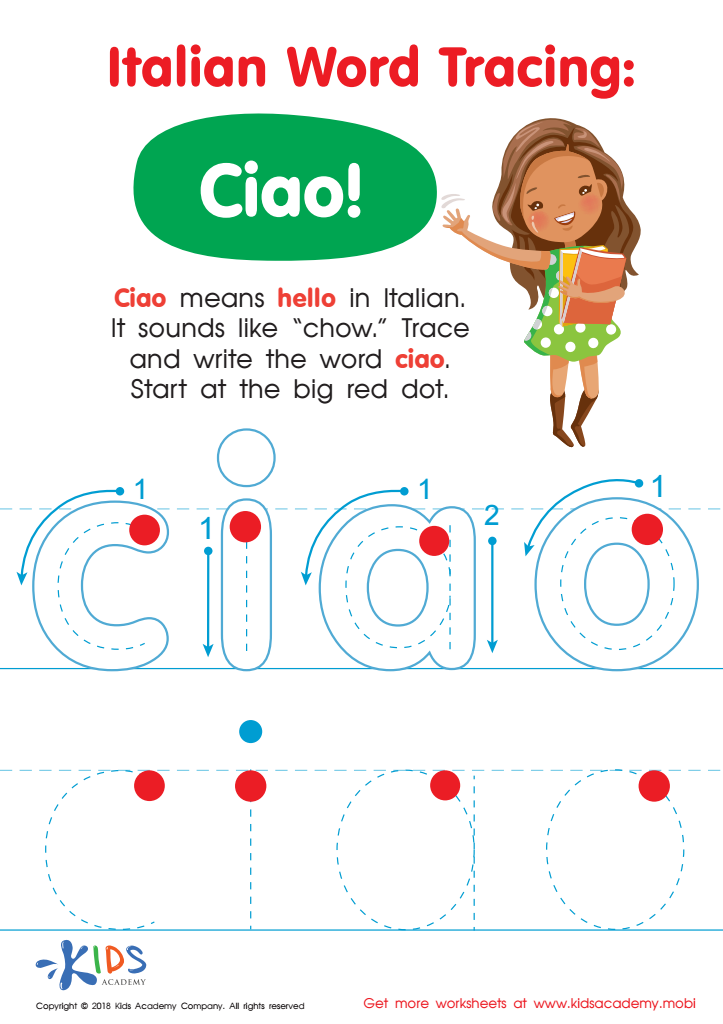

Italian Word Tracing: Ciao Worksheet
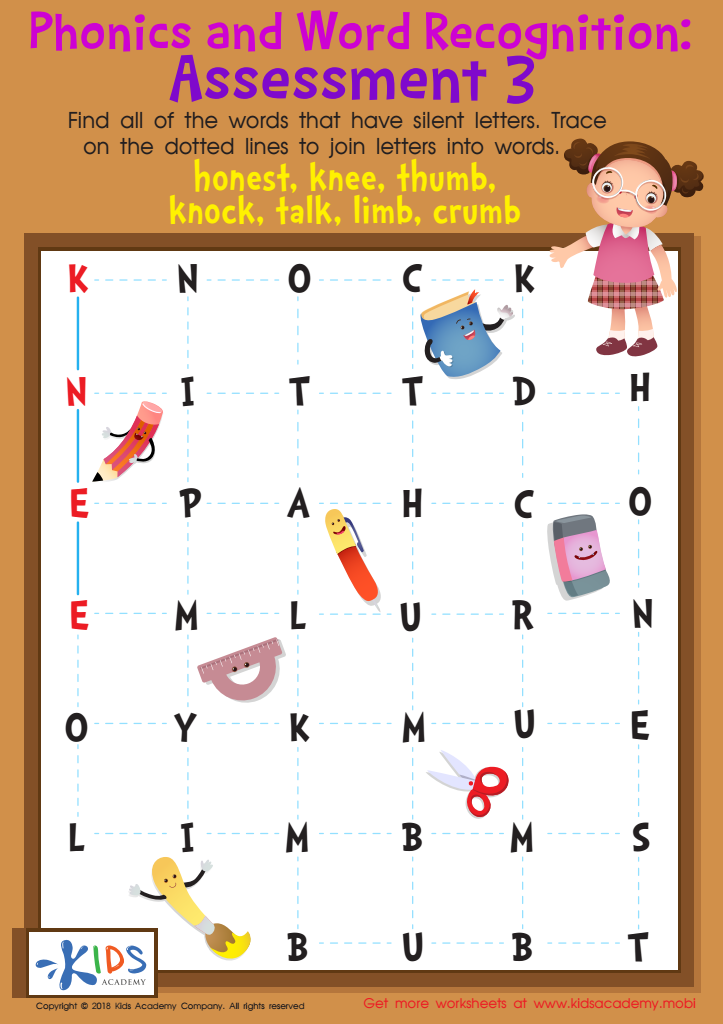

Phonics and Word Recognition: Assessment 3 Worksheet
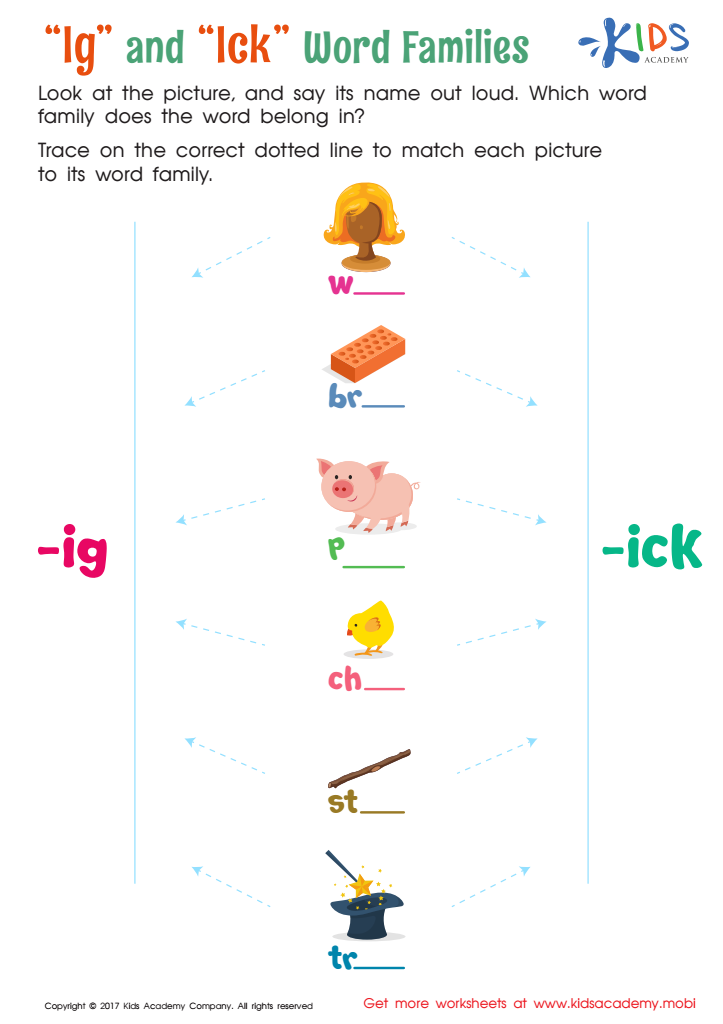

Words Families "ig" and "ick" Spelling Worksheet
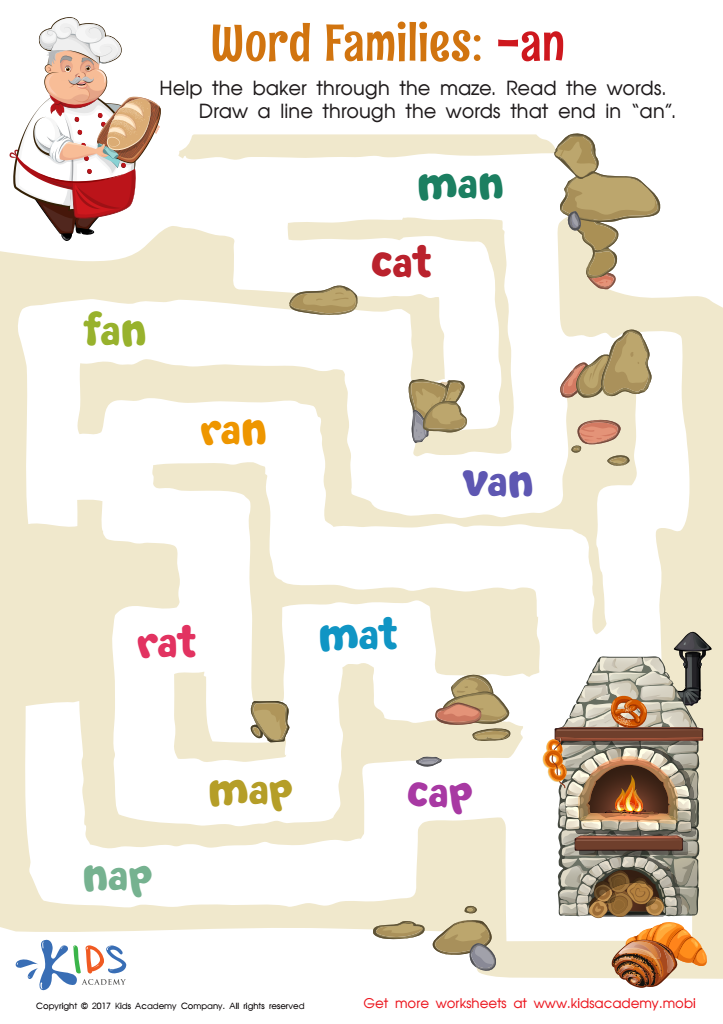

Words Families "an" Spelling Worksheet
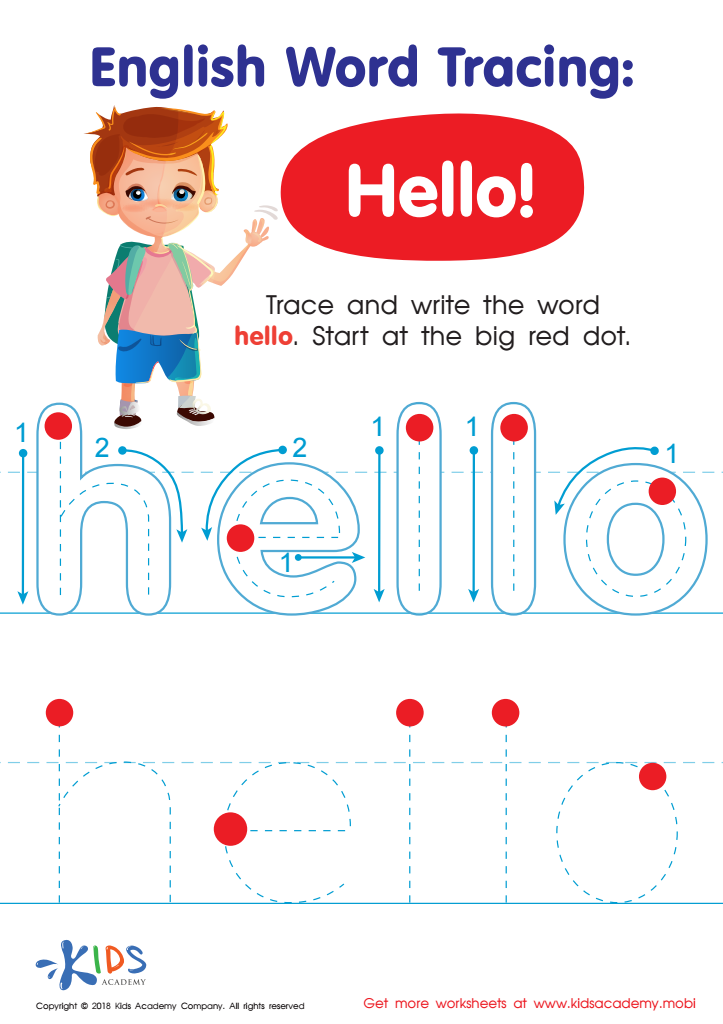

English Word Tracing: Hello Worksheet
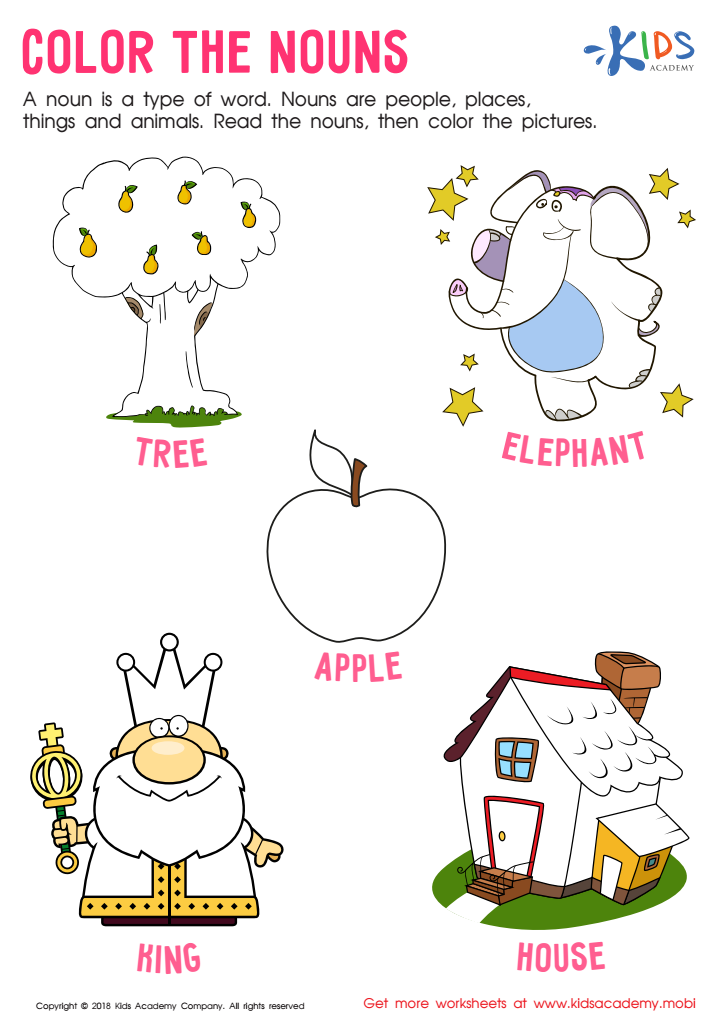

Color the Nouns Worksheet
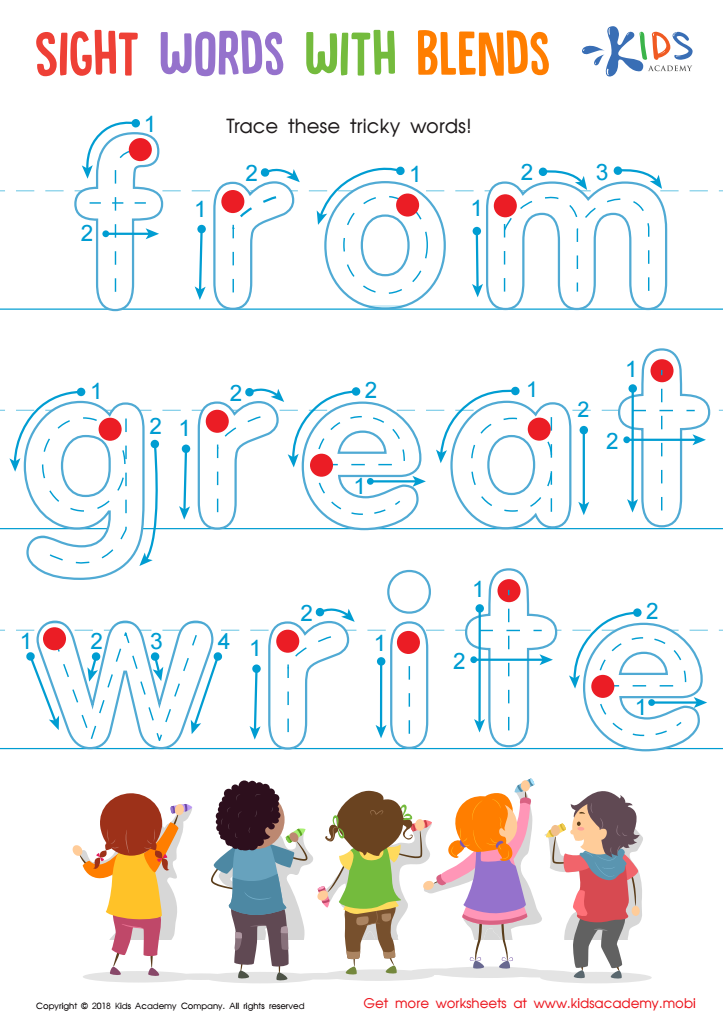

Sight Words with Blends Worksheet
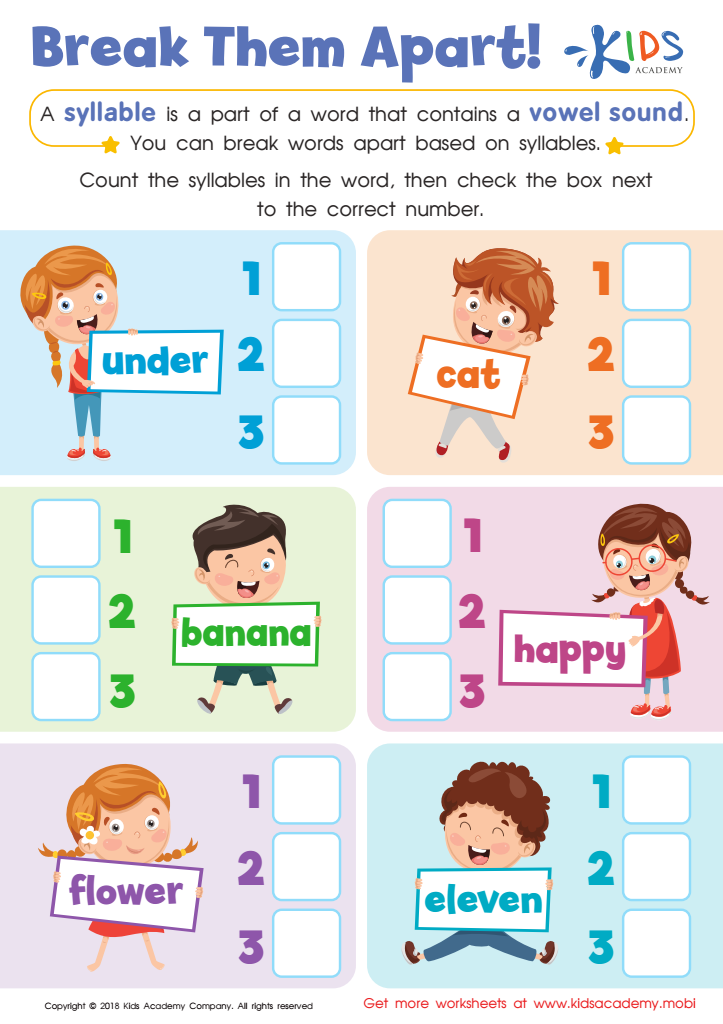

Reading: Break Them Apart Worksheet


Pink Tracing Color Words Worksheet
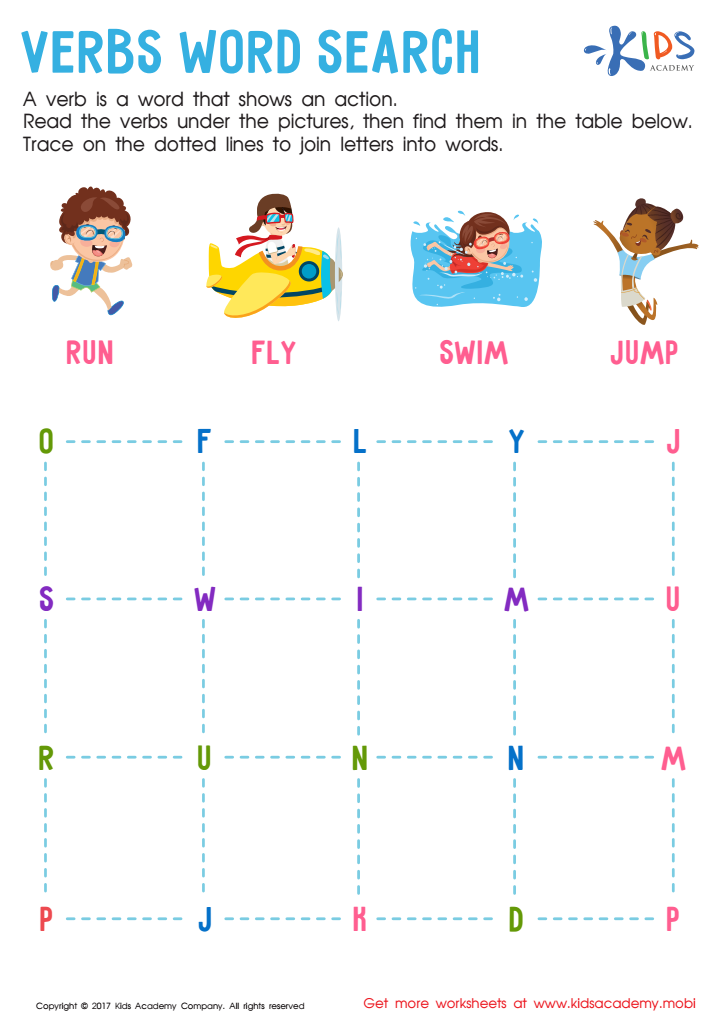

Verbs Word Search Worksheet
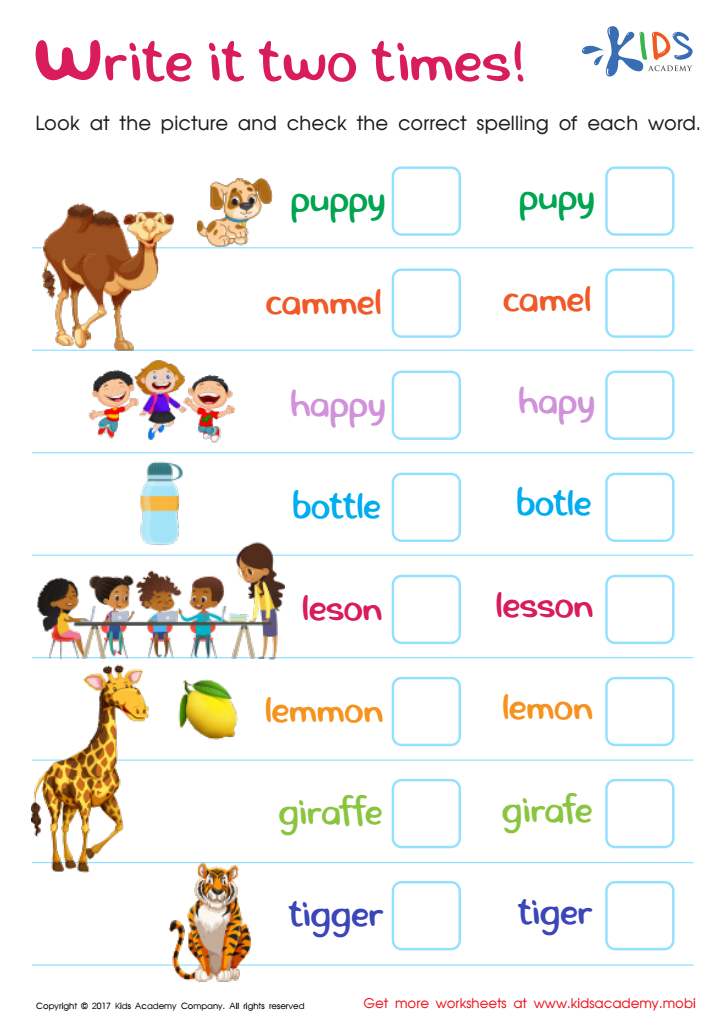

Spelling Practice Worksheet


Spanish Word Tracing: Hola Worksheet
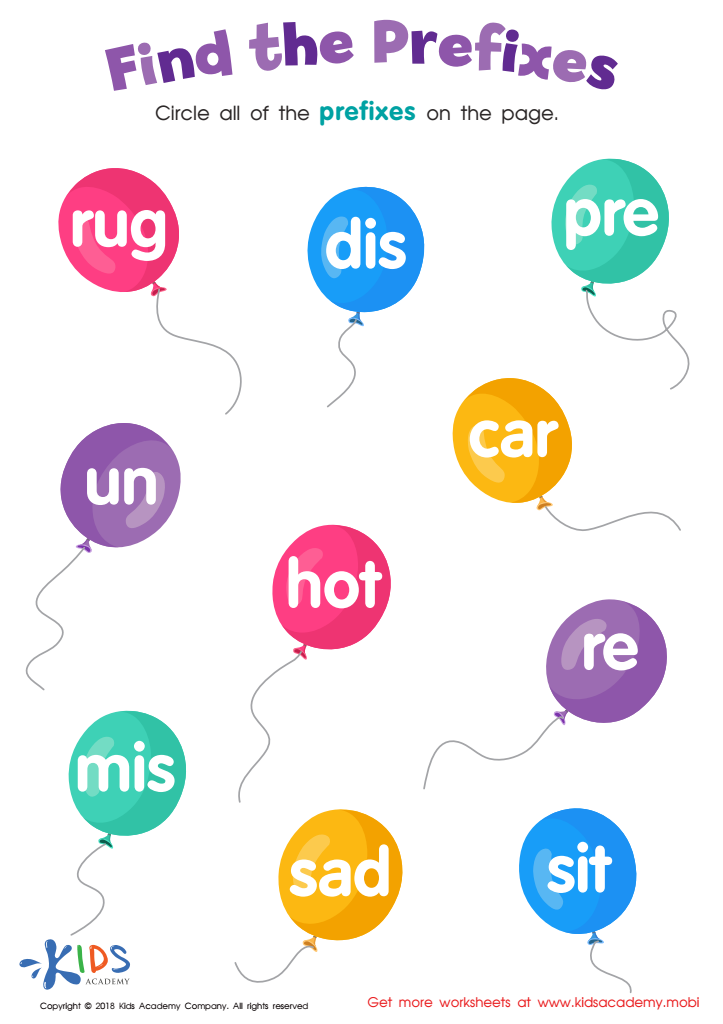

Reading: Find the Prefixes Worksheet
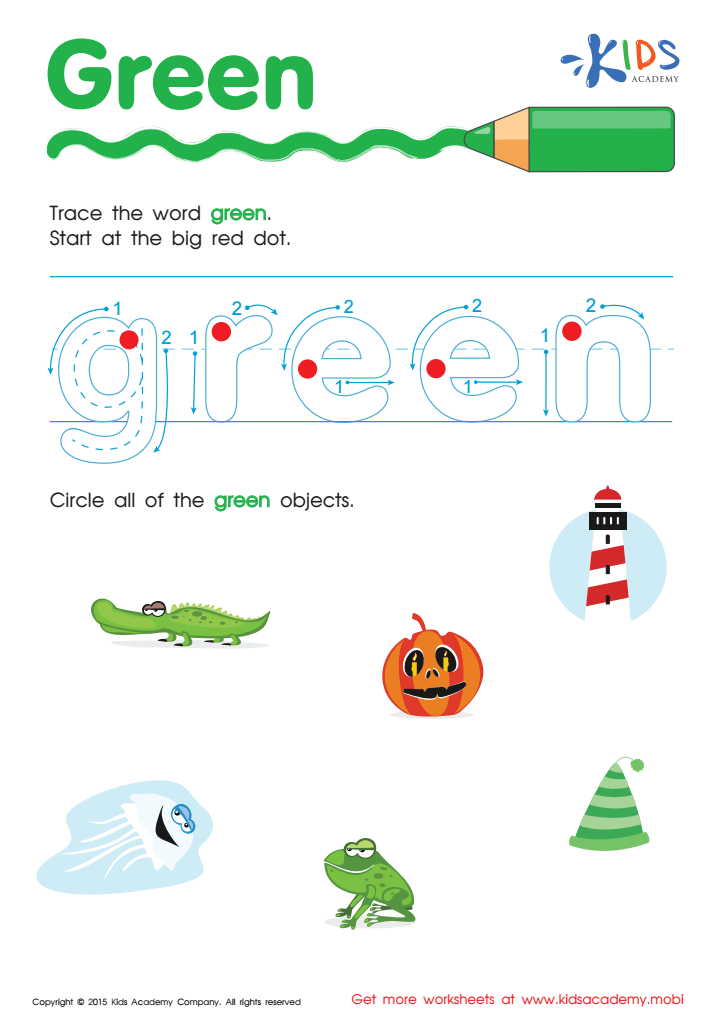

Green Tracing Color Words Worksheet
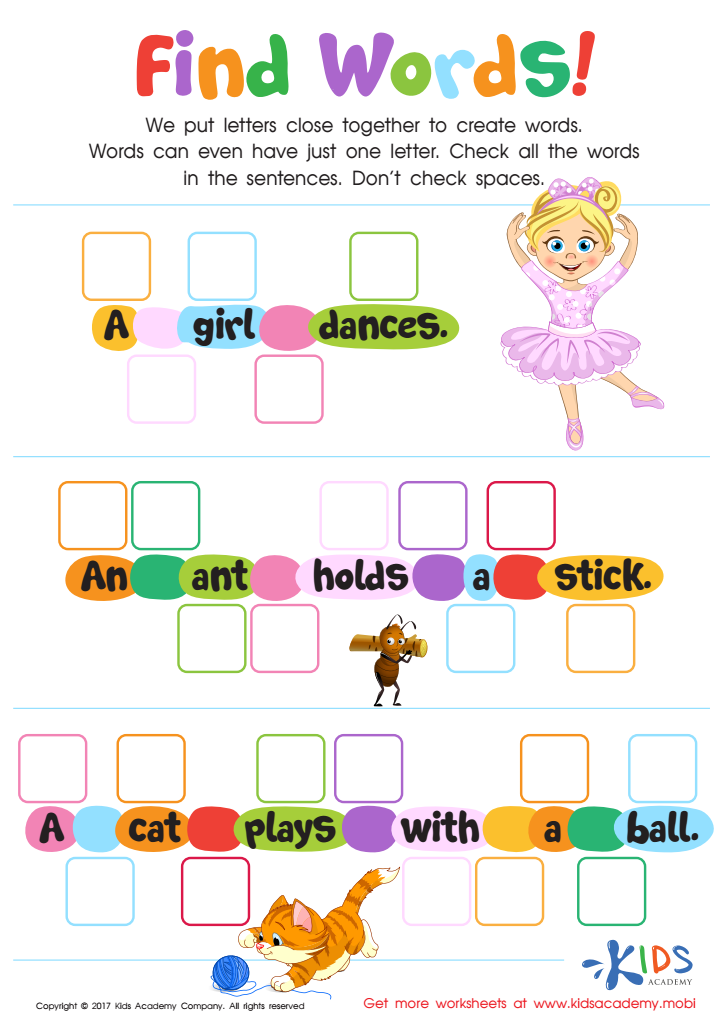

Find Words Worksheet
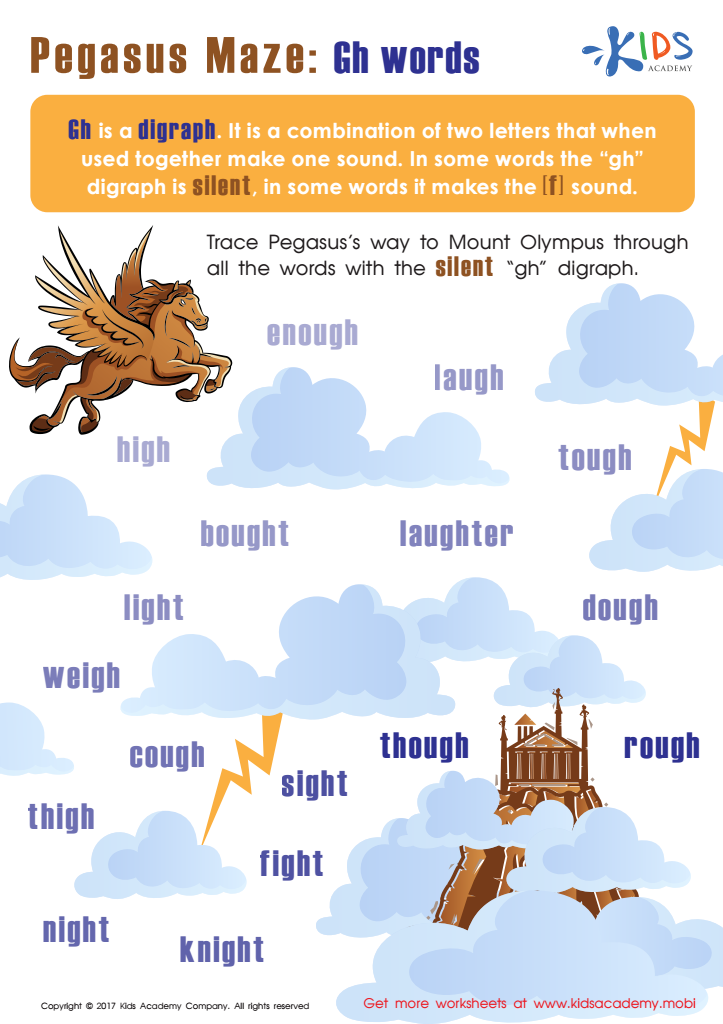

Pegasus Maze: GH Words Worksheet


How is it spelled? Worksheet
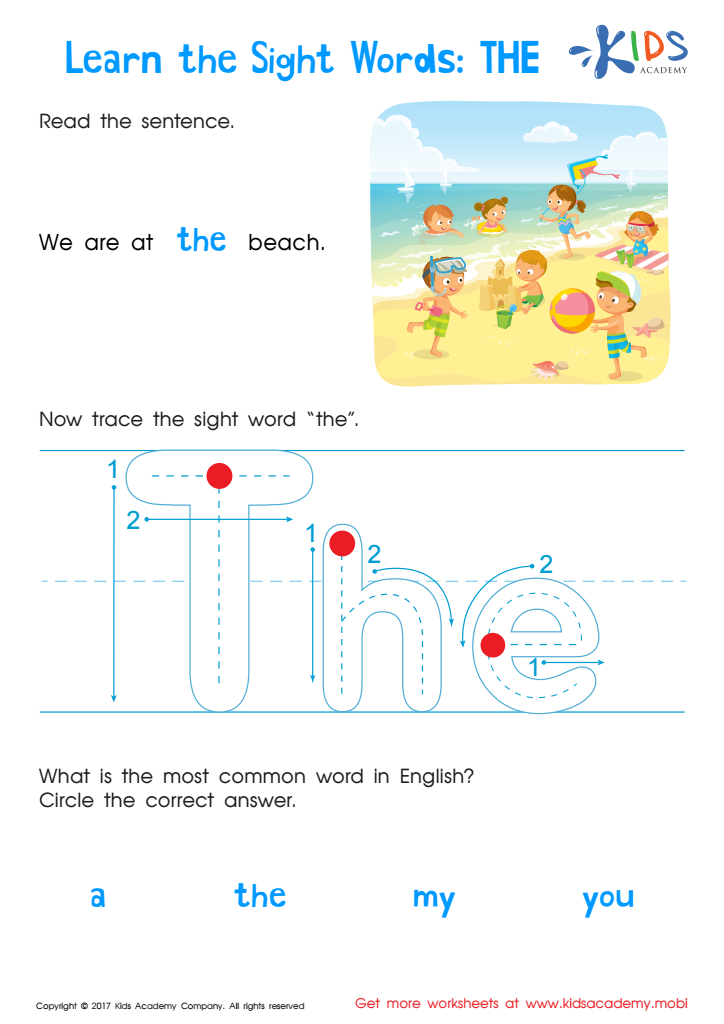

Sight Words: The Worksheet
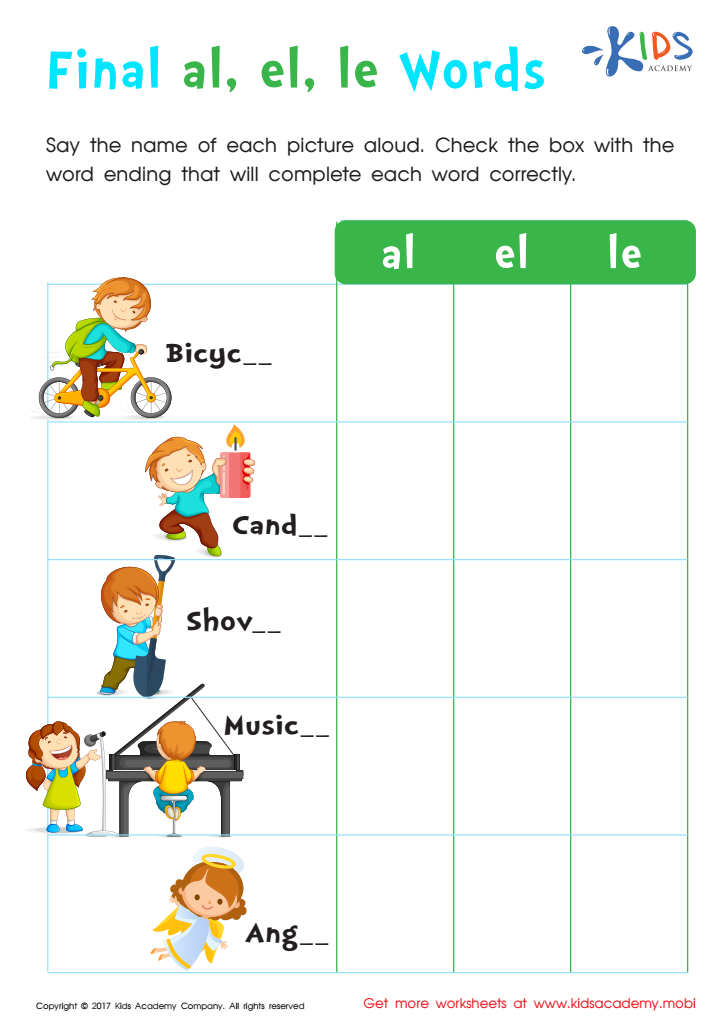

Spelling Words Ending with –le, –el and –al Worksheet
Word recognition writing is a fundamental skill for children aged 5-9, as it serves as a bridge between oral language and literacy. At this developmental stage, children are refining their phonemic awareness and beginning to understand how sounds correspond to written letters, making word recognition crucial. Parents and teachers should care about this skill because it significantly impacts children's reading proficiency and overall academic success.
Effective word recognition leads to fluent reading, enabling children to unlock the meaning of texts independently. This fosters a love for reading, enhancing their vocabulary and comprehension skills. When children can recognize words effortlessly, they devote more cognitive resources to understanding the content, promoting a deeper engagement with literature.
Additionally, word recognition writing helps instill confidence in young learners, encouraging them to express their thoughts and ideas effectively. This proactive communication ability is essential for their social interactions, classroom participation, and future learning.
By nurturing word recognition through fun activities like word games, storytelling, and writing exercises, parents and teachers play a vital role in building a strong literacy foundation. Ultimately, supporting this skill paves the way for lifelong learning, critical thinking, and effective communication.
 Assign to My Students
Assign to My Students
